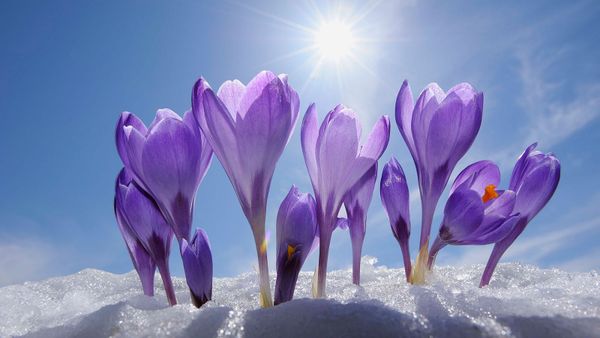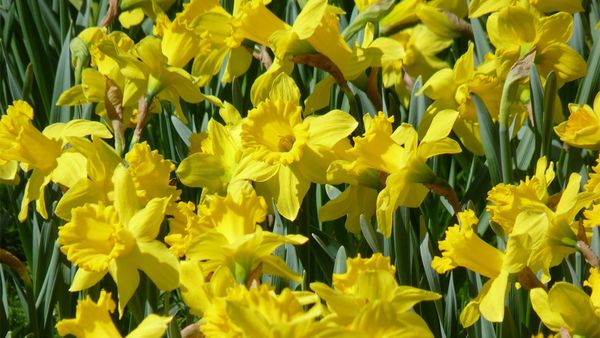
Forsythia is the ideal shrub for garden-lovers who want maximum output for minimum effort. Named for the Scottish botanist William Forsyth, forsythia is sometimes known as "golden bell." A cinch to plant and tend, forsythia is beloved for its vivid yellow blooms, which are bell-shaped and grow in clusters. They're also popular because they promptly mark the beginning of a very popular time of year — spring.
"The bright yellow blooms appear before the leaves and are a standout in the spring landscape. Many find it a welcome and traditional sign spring has arrived," emails Melinda Myers, gardening expert, author and instructor for The Great Courses' How to Grow Anything DVD series.
Advertisement
"In the spring the flowers can bloom up to two to three weeks unless the temperatures drop below freezing," explains University of Maryland Extension commercial horticulture educator Ginny Rosenkranz, via email. Forsythia can also get confused by the weather from time to time, blooming in late fall on occasions where cold weather is followed by unseasonably warm weather, she notes.
There are multiple sizes of forsythia, ranging from as small as 3 feet (1 meter) to 8-10 feet (2.4-3 meters) tall. Although most often associated with bright yellow blooms, forsythias actually range in hue from pale yellow to nearly golden. The type you plant should be climate appropriate. "Selecting the right variety for the climate of your region is critical to ensure flowering, as is proper pruning," Myers says.
Advertisement


